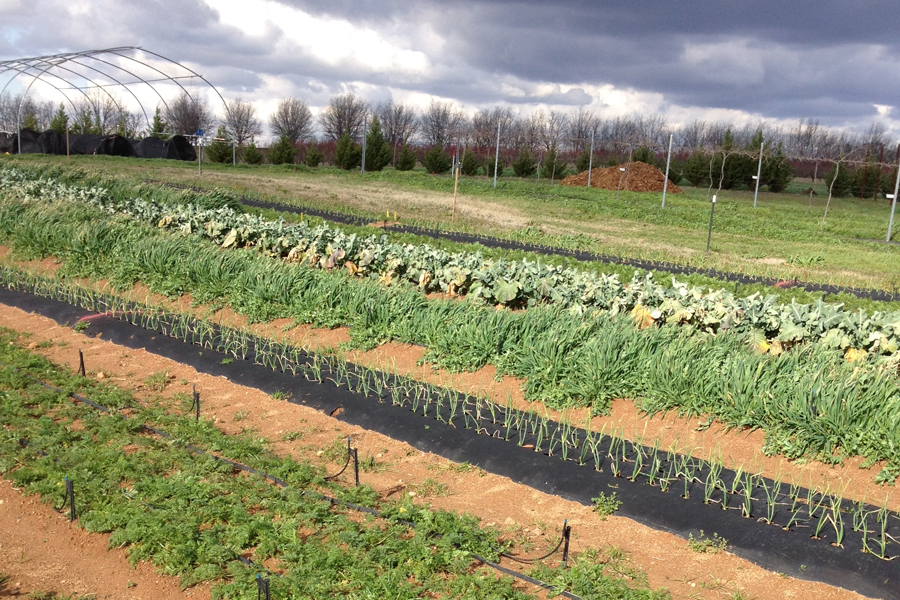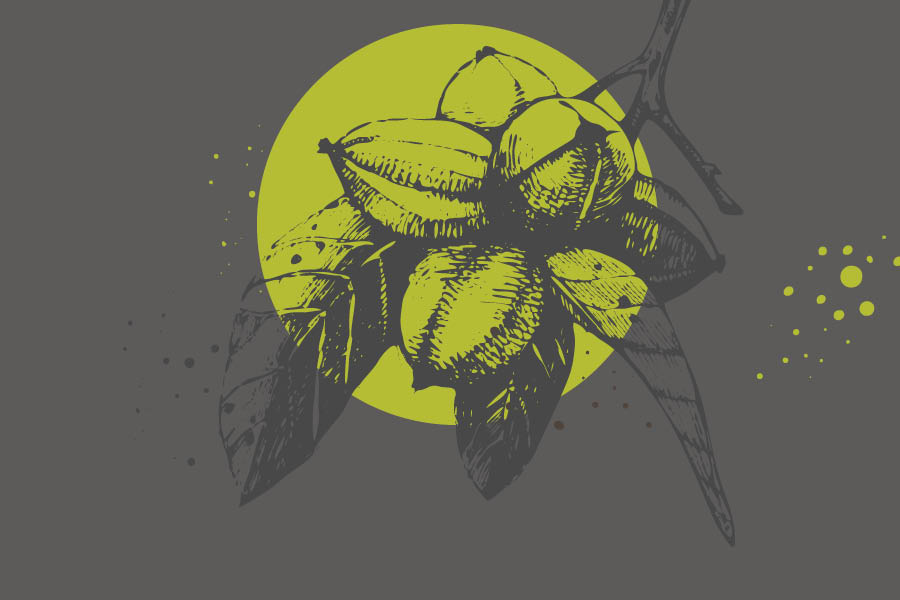-
 Interest in organic food has been growing over the past twenty years. In Georgia, growing conditions during the summer are particularly difficult for organic producers due to high insect, disease, and weed pressure. However, pest pressures are much reduced when the weather cools. The moderate conditions of late fall to…
Interest in organic food has been growing over the past twenty years. In Georgia, growing conditions during the summer are particularly difficult for organic producers due to high insect, disease, and weed pressure. However, pest pressures are much reduced when the weather cools. The moderate conditions of late fall to…|
-
 Silverleaf whitefly (SLWF) is a major pest of agriculture in Georgia requiring management in vegetable and agronomic cropping systems to preserve yield and quality. Our greatest opportunity for impacting the severity of SLWF infestations is to minimize overall SLWF populations moving from one cropping system to the next. This can…
Silverleaf whitefly (SLWF) is a major pest of agriculture in Georgia requiring management in vegetable and agronomic cropping systems to preserve yield and quality. Our greatest opportunity for impacting the severity of SLWF infestations is to minimize overall SLWF populations moving from one cropping system to the next. This can…|
-

B 1493
Organic Pecan Production
Organic food production is one of the fastest-growing sectors of the American food marketplace and is driven largely by personal health preferences and environmental ethics. Pecan production generates unique challenges to organic production methods in the humid Southeastern U.S. because it is an environment conducive to heavy pressure from insects,…|
-
 Currently, European gypsy moth is one of the top quarantine species in the United States. Thanks to the efforts of the U.S. Forest Service and other organizations, such as the Slow the Spread Foundation, the spread of European gypsy moth has slowed dramatically and has yet to become established in…
Currently, European gypsy moth is one of the top quarantine species in the United States. Thanks to the efforts of the U.S. Forest Service and other organizations, such as the Slow the Spread Foundation, the spread of European gypsy moth has slowed dramatically and has yet to become established in…|
-
 Linda Wang, National Timber Tax Specialist, USDA Forest Service Timber or landscape trees destroyed by the hurricane, fire, earthquake, ice, hail, tornado, and other storms are “casualty losses” that may allow the property owners to take a deduction on their federal income tax returns. The key for most cases is to…
Linda Wang, National Timber Tax Specialist, USDA Forest Service Timber or landscape trees destroyed by the hurricane, fire, earthquake, ice, hail, tornado, and other storms are “casualty losses” that may allow the property owners to take a deduction on their federal income tax returns. The key for most cases is to…|
-
 Linda Wang, National Timber Tax Specialist, Forest Service Specific Federal income tax laws and rules apply to timber-related income and expenses. The tax tips provided in this bulletin are intended to assist timber owners, foresters, or loggers and their tax preparers in filing their 2017 tax returns. This material is for…
Linda Wang, National Timber Tax Specialist, Forest Service Specific Federal income tax laws and rules apply to timber-related income and expenses. The tax tips provided in this bulletin are intended to assist timber owners, foresters, or loggers and their tax preparers in filing their 2017 tax returns. This material is for…|
-

C 1135
Silvics of Shortleaf Pine
Bill Pickens, Conifer Silviculturist, North Carolina Forest Service Shortleaf pine, Pinus echinata, is the most widely distributed, but perhaps least understood of the four major southern yellow pines. Growing in 22 states from southern New York to eastern Texas, it occupies the largest range of any pine in the southeastern United…|
